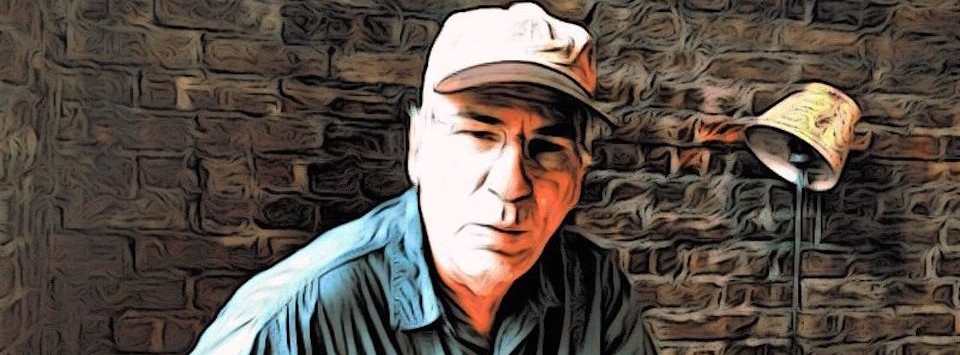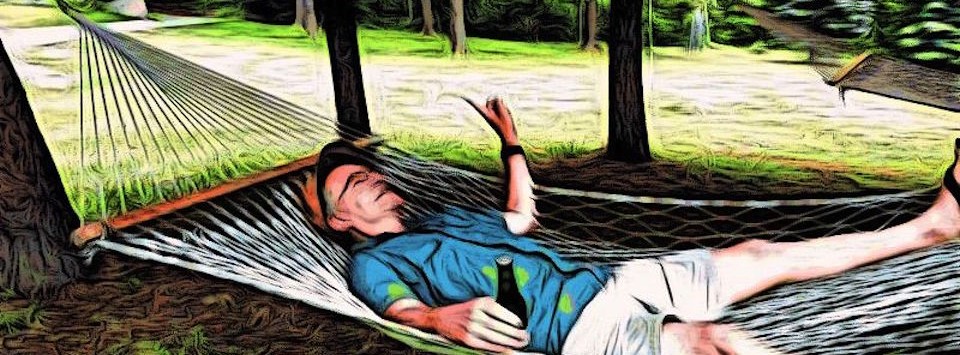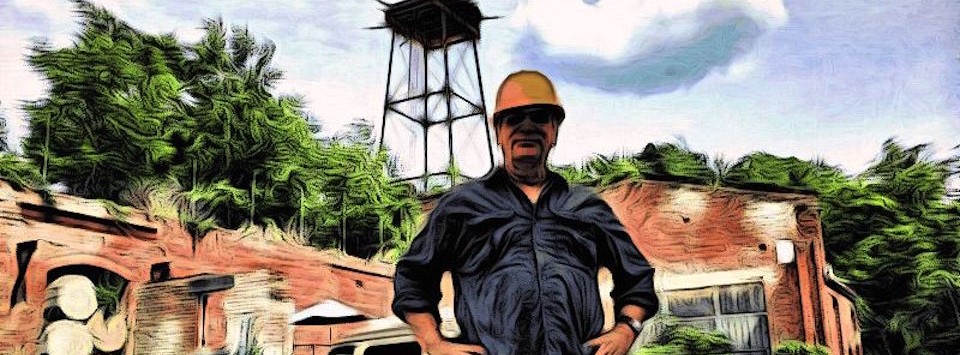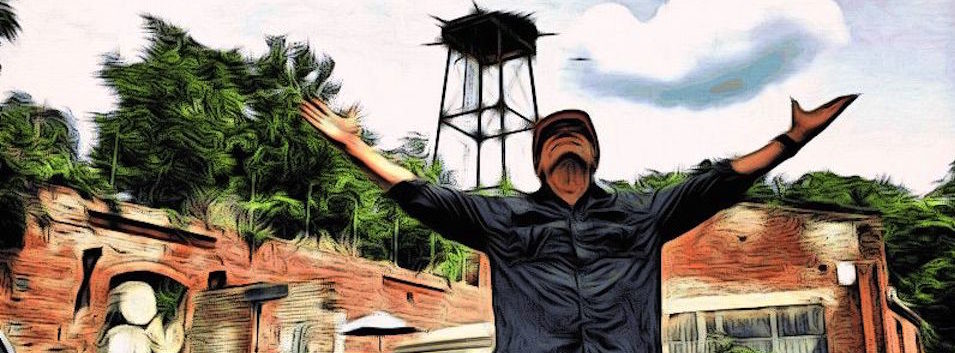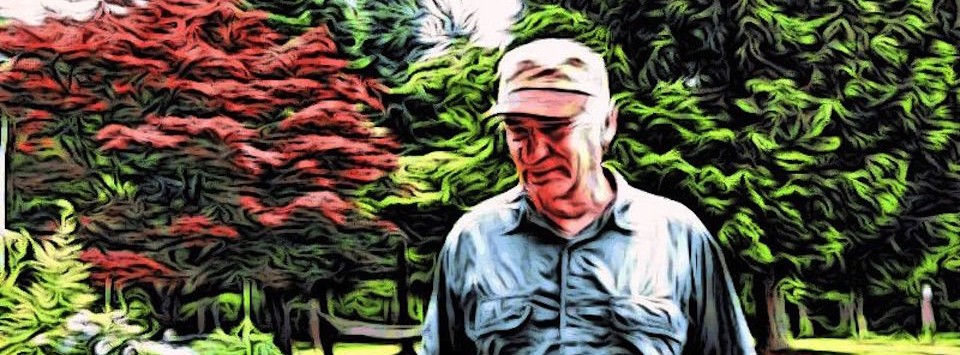Cable is the Real Web
Link This

I've heard everyone—from my coworkers to the news outlets—describe ours as a wireless society. Nothing could be further from the truth.
A fun little statistic: In 2006, we transmitted less than one percent of all international data traffic via satellite. The percentage is a little higher today, but we continue to route the overwhelming majority of data through undersea fiber optic cables that stretch between every continent except Antarctica. Countries around the world consider them absolutely vital to their economies.
We've been laying underwater cable for a long time. Those first put into service were telegraphy cables, laid in the 1850s, though experimentation with the cables went back as far as the early 1840s (just a couple years after the invention of the telegraph). And during the Cold War, the United States and the Soviet Union tapped into and cut each others' cables.
Laying the cables today is immensely expensive. We spend billions of dollars each year on the process. And, while the cost has gone down a bit, it's still normal to see price tags hitting tens of thousands of dollars per mile.
Submarine cables also break, and they break frequently. Fishing trawlers, anchors, earthquakes, turbidity currents (giant underwater landslides), and shark bites are all major causes of these breakages. We're not entirely sure why sharks like biting them so much.
Repairing them is a difficult and costly process, involving specialized repair ships that lower grapples to lift the broken ends of the cables to the surface for repair. We employ different types of grapples, depending on the seafloor around the break (for example: rocky vs. sandy). In shallower waters, we can use submarines to repair the cables.
Politicians thrive on producing drama about literally anything. While drama over oil and such tend to hog most of the media attention, submarine cables are a really big deal.
_________
Quotable
I see that that other Yard Ramp Guy has started offering up quotations in his weekly blog. Always up for a challenge and, um, not to be outdone, I challenge him to a Quote-Off. En garde.
“Beware of all enterprises that require new clothes.”
—Henry David Thoreau
Transport Innovations
Or: The Vertical Vega
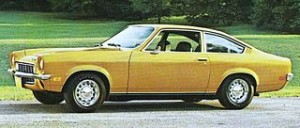 The second car I ever owned was a used Chevy Vega. Despite it being a complete rust pile that broke down on a monthly basis, I loved that car. (Well, it did cure me of any later desire to become a gearhead; I like cars, but that thing really took the joy out of my tinkering with fixing engines.)
The second car I ever owned was a used Chevy Vega. Despite it being a complete rust pile that broke down on a monthly basis, I loved that car. (Well, it did cure me of any later desire to become a gearhead; I like cars, but that thing really took the joy out of my tinkering with fixing engines.)
I'm not here to complain about the defective axles, self-incendiary tendencies, leaky engines, backfiring, etc. I want to talk about the single coolest feature of the Vega: the way it was shipped.
These days, we're used to cars being hauled down the road by semis, but in the 70s they were hauled on railway flatcars—the longer 85- and 89-footers. They could pack 15 cars onto those tri-level racks, but it didn't even come close to the maximum weight per flatcar.
The price to move a loaded railcar from the assembly plant to the Pacific coast was about $4,800. At more than $300 per car, Chevy wanted to push that price down quite a bit.
And Chevy ended up with a pretty novel solution: shipping them vertically, nose down. They designed a specialized rack for the Vega known as the Vert-A-Pac, allowing an 89-foot flatcar to hold as many as 30 cars.
Chevy still wanted to ship them all topped off with fluids, but any normal car would leak all over the railroad. Chevy designed the Vega specifically to prevent leaks during vertical shipping. This included innovative alterations like a special engine oil baffle, battery filler caps, and a windshield wiper bottle set at a 45-degree angle.
In 1970, after Chevy discontinued the Vega, they also discontinued the Vert-A-Pacs because they were exclusively designed for Vegas.
All scrapped—vehicle and its innovative shipment method, which was repurposed.
Yes, my bias here, though I think this was one of the rare events where the way a company shipped something was much better than the thing itself.
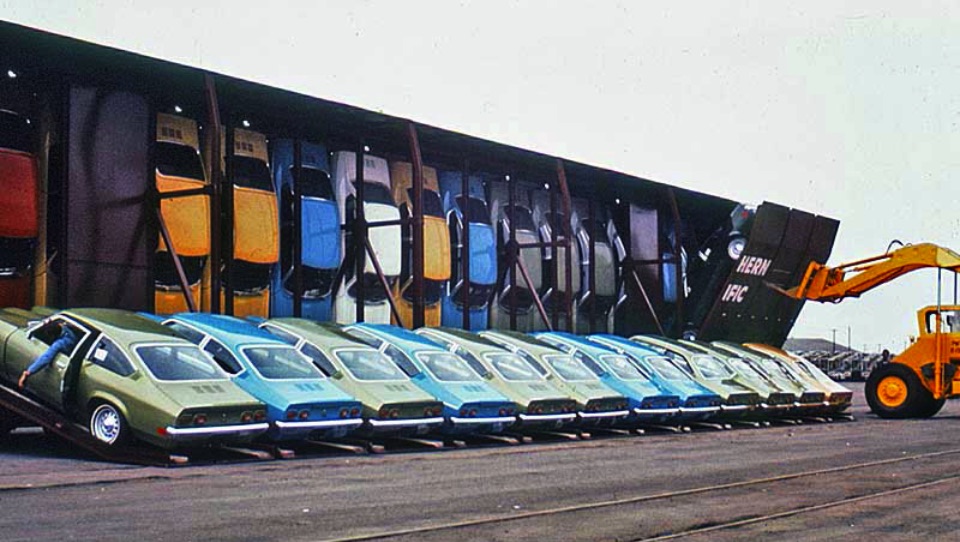
Raising a City
Or: Did That Building Just Run a Red Light?
Stay with me on this one: yes, it begins on a pretty sour note…but I promise you there’s a happy ending.
 Nineteenth century Chicago was plagued by, well, plagues. Epidemics of typhoid fever, dysentery, and cholera repeatedly hit the city. The 1854 cholera outbreak killed six percent of the entire city's population.
Nineteenth century Chicago was plagued by, well, plagues. Epidemics of typhoid fever, dysentery, and cholera repeatedly hit the city. The 1854 cholera outbreak killed six percent of the entire city's population.
The reason for those diseases, and a common culprit throughout history: poor-to-nonexistent drainage. Standing water in a city makes a perfect breeding area for all sorts of nasty illness. In fact, disease historically was so bad that the majority of medieval cities experienced negative population growth—more people died of diseases than were born.
The only reason cities didn't depopulate was a near constant influx of immigration from the country. This changed steadily around the world when city infrastructure and medicine improved. Disease was still quite common in the 19th century, but Chicago's level of disease was quite unusual in an American city for the time.
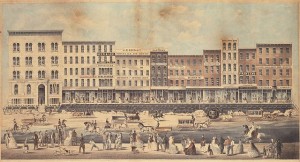 In 1856, an engineer named Ellis S. Chesbrough developed a plan for a city-wide sewer system that would solve the problem. It was unusually ambitious: he wanted to raise the entire city six feet, then build sewers below the newly raised buildings.
In 1856, an engineer named Ellis S. Chesbrough developed a plan for a city-wide sewer system that would solve the problem. It was unusually ambitious: he wanted to raise the entire city six feet, then build sewers below the newly raised buildings.
Sounds insane, right? That's what I thought, too, except they actually did it—raising the first building in January 1858: a four-story, 70 foot long, 750-ton brick structure lifted on two hundred jackscrews to its new level, without the slightest damage. Engineers boosted more than 50 masonry buildings that year alone.
In 1860, a team of engineers actually managed to raise up half a city block in one go—an estimated 35,000 tons lifted nearly five feet into the air by 600 men using 6,000 jackscrews. They were so confident in the process that businesses didn't even close during the the five days it took to lift the whole thing.
On the last day of the process, before they began work on the new foundations, they allowed crowds to walk underneath the buildings, among the jacks. At another point, a six-story hotel was raised up without the guests even realizing it.
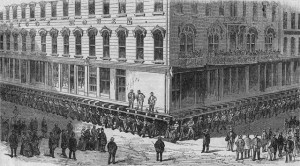 Only masonry buildings were considered worth raising; they placed wood-framed buildings on large rollers and moved them to the outskirts of town, usually without even bothering to empty out the furniture first.
Only masonry buildings were considered worth raising; they placed wood-framed buildings on large rollers and moved them to the outskirts of town, usually without even bothering to empty out the furniture first.
This was so common that, for quite a few years, people considered looking out the window to see a building going past just another day of normal traffic.
Evolution of the Screw
Turn, Turn, Turn
Screws are a magnificent invention. I've talked about them plenty – think of them simply as ramps wrapped around an axle – so why wouldn't I be interested? They’re simple machines and they literally help batten down the hatches. I figure it’s time to unscrew the lid on their history.
Our old friend Archimedes probably invented the screw. Archimedes' screw is used to pump water uphill, usually for irrigation, through a tube with a metal screw inside: as you turn the screw, the threads scoop up water and push it to the top.

Archimedes' screw
Interestingly enough, we still commonly use this device, and also turn it in the opposite direction. In the Archimedes turbine, water flowing downward turns the screw, which itself is the center of a hydroelectric generator.
Within a few centuries of their invention, screws were appearing all around the Mediterranean in the form of wooden screw presses. We used these to smash olives for olive oil and to smash grapes for wine — both major products of the region. Later on, the screw press would also be a vital component of Gutenberg's printing press.
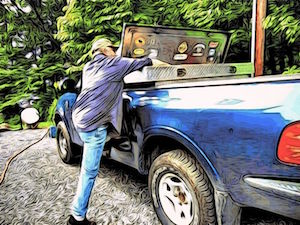
Me, rummaging for my turnscrew.
Have you noticed a pretty major use that's missing here?
That's right: screws weren't used as fasteners. Instead, there were nails, welding, dowels and pins, etcetera, etcetera. This list of “alternatives” is substantial. In fact, we didn’t use screws as fasteners for nearly two millennia after Archimedes invented them.
What was missing? The screwdriver. (Fun fact: we used to call screwdrivers “turnscrews.”) We didn’t invent the screwdriver until the 1500s. Even then, we rarely tended to use screws as fasteners.
The final piece of the puzzle? The creation of machine tools necessary for manufacturing metal screws. Until that happened, they were just too much trouble to produce in large quantities.
Since we optimized that production angle, we haven't stopped turning them out.
______
